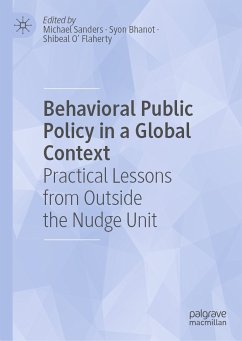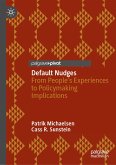-Katherine L. Milkman, James G. Dinan Professor, Wharton School, The University of Pennsylvania and Co-Director, The Behavior Change for Good Initiative
Behavioral science draws on research from across the social and natural sciences, and it has consistently shown that humans are not always rational. This insight has reshaped multiple fields, including economics, political science, and law. Since the early 2000s, the application of behavioral science to public policy has also grown exponentially. Policymakers and practitioners now regularly use behavioral science to rethink how they develop programs and solve social problems. The impact has been far-reaching; behavioral science has transformed how we think about the economy, public health, education, and beyond. In practice, behavioral insights have been used to raise tax revenues, help people access social welfare program benefits and employment opportunities, increase voter turnout, boost medication adherence, and more.
There are now hundreds of entities - international organizations, governments, business, and nonprofits - building and investing in internal behavioral science teams. Unfortunately, most of the hard work of putting these teams together and applying behavioral science insights happens "behind the scenes." This book unearths key stories and insights from pioneers in applied behavioral science.
Michael Sanders is Professor of Public Policy and Director of the Experimental Government Team in the Policy Institute at King's College London. He was founding Chief Executive of What Works for Children's Social Care and the first Chief Scientist of the Behavioral Insights Team, the world's first "nudge unit."
Syon Bhanot is Associate Professor of Economics at Swarthmore College. His research focuses on using experimental methods to test behavioral science ideas in public policy contexts, with a focus on public health, prosocial behavior, and public administration.
Shibeal O'Flaherty is a Ph.D. Candidate in Public Policy at King's College London. Her research focuses on applying behavioral science to improve welfare across a range of policy areas, including workplace wellbeing, access to benefits and programs, and sustainability.
Dieser Download kann aus rechtlichen Gründen nur mit Rechnungsadresse in A, B, BG, CY, CZ, D, DK, EW, E, FIN, F, GR, HR, H, IRL, I, LT, L, LR, M, NL, PL, P, R, S, SLO, SK ausgeliefert werden.









